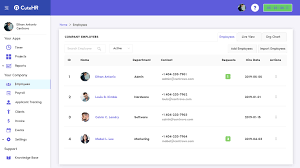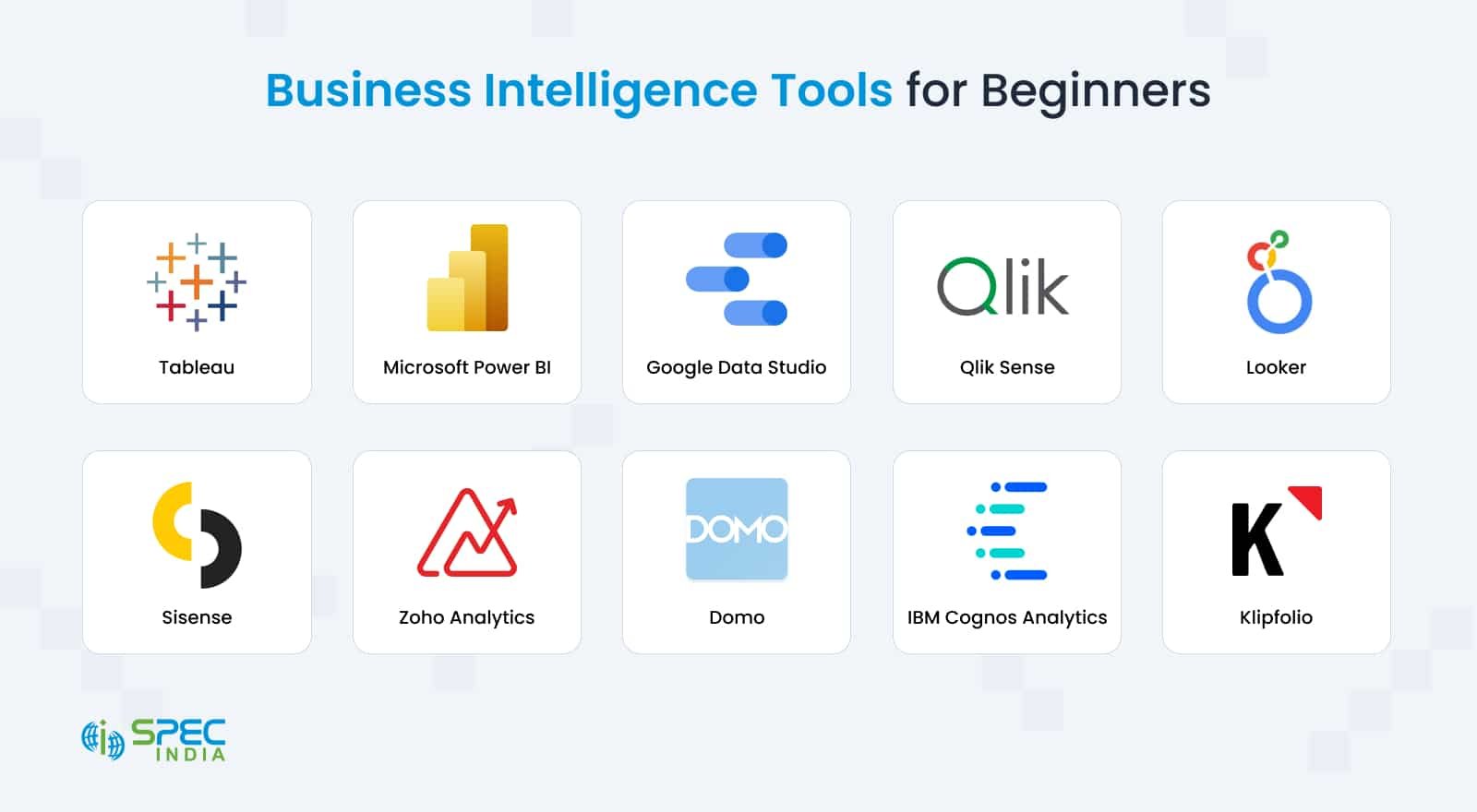Best Project Management Software for Remote Teams in 2025

The shift towards remote work has transformed the way businesses operate, making efficient collaboration tools more important than ever. Project management software for remote teams has become a critical asset for companies of all sizes, helping them maintain communication, manage tasks, and ensure projects stay on track. In 2025, the options for such software are more advanced, feature-rich, and accessible, offering solutions for everything from small startups to global corporations.
This guide explores the benefits, essential features, and top recommendations for project management software for remote teams while also offering tips for selecting the right tool for your business needs.
Why Project Management Software Is Essential for Remote Teams
Without the right tools, remote work can easily lead to miscommunication, delays, and productivity loss. Project management software for remote teams solves these challenges by centralizing tasks, files, and conversations in one accessible location. It allows team members to work from anywhere without compromising efficiency.
Key benefits include:
-
Improved Communication – Real-time updates, messaging, and video conferencing keep everyone on the same page.
-
Task Organization – Assigning, tracking, and prioritizing tasks ensures no work slips through the cracks.
-
Transparency – Managers and team members can see progress in real time.
-
Better Time Management – Deadlines and milestones keep projects moving smoothly.
-
Performance Tracking – Data-driven insights help teams improve over time.
Must-Have Features in Project Management Software for Remote Teams
When evaluating project management software for remote teams, look for these essential features:
-
Task and Workflow Management – The ability to assign tasks, set deadlines, and track progress.
-
Collaboration Tools – Chat, video meetings, and comment threads for quick discussions.
-
File Sharing and Storage – Cloud-based storage for easy access to project documents.
-
Integrations – Compatibility with tools like Slack, Google Workspace, and Microsoft Teams.
-
Reporting and Analytics – Insights into team performance and workload distribution.
-
Mobile Access – A responsive mobile app to work on the go.
-
Security – End-to-end encryption and secure access controls to protect sensitive data.
Top Project Management Software for Remote Teams in 2025
1. Asana
Asana offers a user-friendly interface with robust task management features. It allows remote teams to create projects, assign tasks, and track deadlines easily. Its timeline and calendar views help visualize workflows, and integrations with Slack and Google Drive enhance productivity.
2. Trello
Trello’s Kanban board approach is ideal for teams who prefer visual project tracking. Each task is represented as a card that can be moved across different project stages. This flexibility makes it great for agile workflows and creative teams.
3. Monday.com
Known for its colorful interface and high customization, Monday.com lets remote teams design workflows tailored to their needs. It includes automation options, time tracking, and extensive integration capabilities.
4. ClickUp
ClickUp is an all-in-one platform that combines project management, document collaboration, and time tracking. Its adaptability makes it suitable for teams of all industries.
5. Basecamp
Basecamp focuses on simplicity, offering a clean interface with task lists, message boards, schedules, and file storage. It’s an excellent choice for small to mid-sized remote teams.
6. Notion
Notion is a versatile tool for creating project databases, wikis, and task boards. Remote teams can use it as both a knowledge base and a project management solution.
How to Choose the Right Software for Your Team
Choosing the best project management software for remote teams depends on your budget, company size, and workflow style. Here are some tips:
-
Assess Your Needs – List the features you can’t live without.
-
Test Multiple Options – Most platforms offer free trials—use them to compare.
-
Consider Scalability – Pick a tool that can grow with your business.
-
Check User Experience – A tool should be intuitive to encourage adoption.
-
Look for Strong Support – 24/7 customer service ensures minimal downtime.
Cost Considerations
Prices for project management software for remote teams vary depending on features and user capacity. While some tools like Trello offer free plans, premium solutions like Monday.com or Asana can range from $8 to $20 per user per month. Businesses should weigh cost against efficiency gains.
Best Practices for Remote Team Collaboration
Even with great project management software for remote teams, success depends on how teams use it.
-
Set Clear Expectations – Define goals, deadlines, and responsibilities.
-
Hold Regular Check-Ins – Use built-in communication tools for status updates.
-
Encourage Documentation – Keep project details centralized for easy reference.
-
Promote Work-Life Balance – Avoid burnout by tracking workloads.
Future Trends in Project Management for Remote Teams
As AI and automation evolve, project management software for remote teams will continue to integrate smart features like predictive task completion, AI-driven workflow suggestions, and more immersive virtual collaboration environments.
Conclusion
In 2025, project management software for remote teams is not just a convenience—it’s a necessity for efficiency, collaboration, and growth. With the right platform, remote work can be as productive, if not more, than traditional office setups. By evaluating features, costs, and team needs, businesses can find the perfect solution to keep their projects on track and their teams connected.



